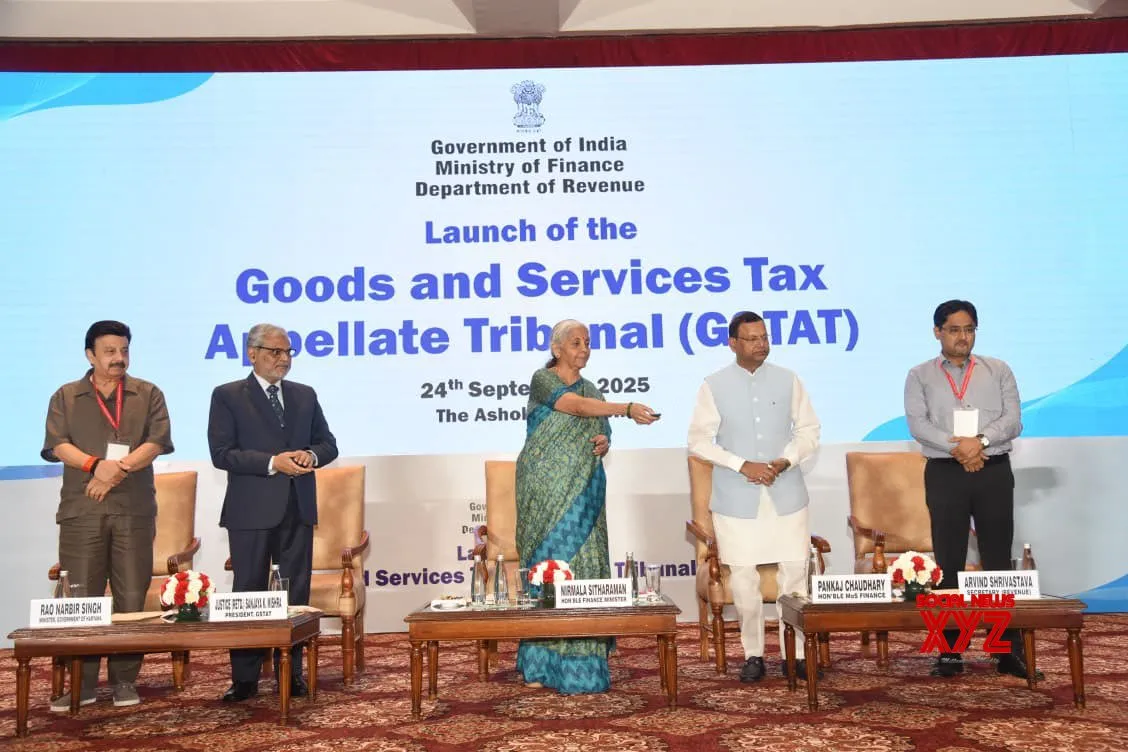By Sidhi Mittal
Copyright edie

The 2025 Status Report highlights evidence of more than 500 first and second generation TNFD-aligned reports having already been published since the standard first launched in 2023.
It also summarises the findings of a global survey conducted over the summer of 2025 that gathered 850 responses from corporates, financial institutions, service providers and market intermediaries.
Almost half of respondents were corporates, followed by financial institutions and service providers. To validate and analyse the survey data, TNFD worked with partners including Bloomberg, CDP, Net Purpose, Neural Alpha, the MSCI Sustainability Institute and Oliver Wyman.
Survey findings indicate that 63% of companies and financial institutions believe nature-related issues are as significant, or more significant, than climate-related issues for their long-term prospects.
Among the companies that have already reported, 78% said they had integrated their climate and nature disclosures into annual reporting.
The report points to additional evidence of nature-related reporting beyond the TNFD network. CDP data shows that many companies have already been disclosing on water, waste and forestry through its platform without explicitly associating themselves with TNFD.
In a separate Responsible Investor survey conducted in June 2025, 77% of investors said they would like to see dedicated nature-related standards that build on the TNFD framework.
TNFD’s co-chair Razan Al Mubarak: “Despite current politics creating a challenging landscape, the findings of the TNFD 2025 Status Report indicate that business and finance are not disregarding nature.”
Challenges in integrating nature into reporting
However, the Taskforce stresses that integrating nature into corporate decision making remains complex.
Uptake of TNFD-aligned reporting has proven to be muted in markets including the US, China and Germany.
Many aspects of nature-related reporting are unfamiliar to market participants and are complicated by the location-specific nature of impacts and dependencies. Scientific knowledge is often required, and data gaps persist.
The report notes, however, that new technologies such as geospatial mapping, eDNA and artificial intelligence (AI) are beginning to improve the ability to measure the state of nature.
The TNFD is working with a range of data and measurement partners to advance these capabilities, including pilot testing state of nature metrics with the Nature Positive Initiative, and developing invasive alien species metrics in consultation with global NGO Fauna and Flora International.
A proposal has also been made for the creation of a public facility for nature data to support technology solutions for small and medium sized enterprises (SMEs).
Increasing interoperability
The Taskforce continues to engage with international standard setters and regulatory agencies.
It is supporting the International Sustainability Standards Board (ISSB) on its Biodiversity, Ecosystems and Ecosystem Services research project and the SASB Standards enhancement project.
It also supports periodic updates of the Global Reporting Initiative (GRI) standards.
TNFD maintains close links with related initiatives such as the Science Based Targets Network and the Nature Positive Initiative to ensure consistency across approaches.
National regulators are being briefed on emerging market practice to help inform their own rules.
Sector-specific guidance
Since the release of its disclosure recommendations in 2023, TNFD has published sector-specific guidance covering more than half of SICS sectors, so companies in similar sustainability-relevant sectors can report nature-related risks and impacts in a consistent way.
While there is strong demand for additional sector guidance, the Taskforce says its planned guidance development programme is largely complete.
Future priorities and next steps
Future work will focus on priority areas highlighted by market participants.
At COP30 in Brazil this November, the TNFD will publish guidance on how large businesses can include nature in their climate or net-zero transition plans. This will draw on learnings from nine months of pilot testing with 14 companies and financial institutions.
Additional work will cover further case studies and opportunities in nature-related business activity, as well as initial scoping research on environmental crimes.
Following strong interest in its “Asking Better Questions on Nature for Board Directors” guide, TNFD is preparing similar publications for release in 2025 and 2026 targeting other corporate and investment decision makers.
In early 2025, TNFD also launched its ‘Learning Lab’ platform with instructional videos, case studies and white label training materials. The report notes that feedback has been positive, and the Taskforce plans to expand these programmes and materials further in 2026 in partnership with its 22 Consultation Groups worldwide.
Ceres’ president Mindy Lubber said: “The global economy depends on the resilience of natural ecosystems, and it’s encouraging to see how many companies and financial institutions are stepping up…”
Related article: Are businesses and investors nature-hushing?
Related article: 2 in 3 businesses say sustainability reporting goes beyond compliance, adding value



